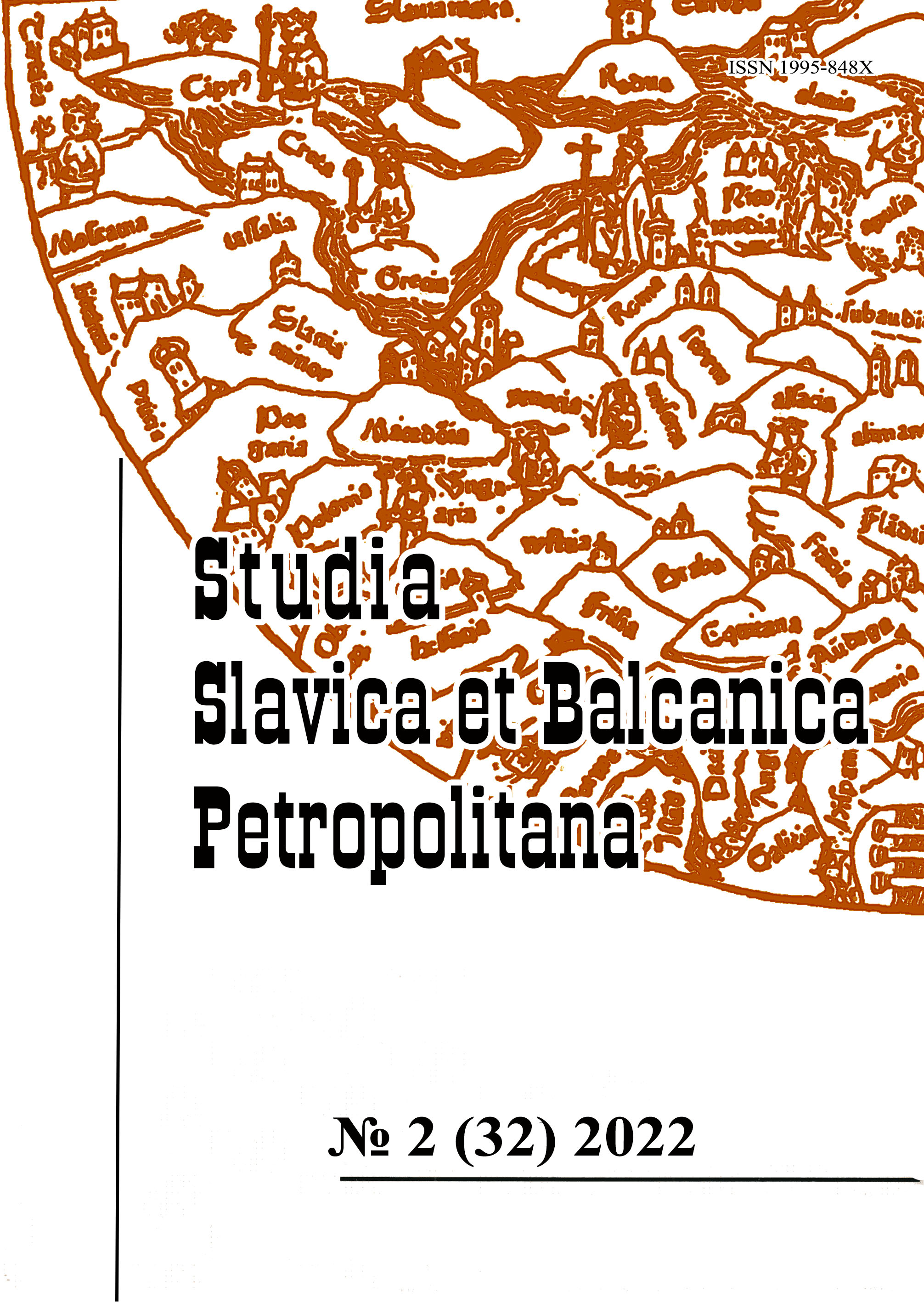Идея «святого покровителя Белоруссии» в XIX – начале XX в.: Альтернативы и противоречия
The idea of a «Belarusian Saint» in the 19th – early 20th centuries: Alternatives and contradictions
Author(s): Viktor Iliich KoronevskiiSubject(s): Cultural history, Comparative history, Ethnohistory, History of ideas, Recent History (1900 till today), Nationalism Studies, 19th Century, Pre-WW I & WW I (1900 -1919)
Published by: Издательство Исторического факультета СПбГУ
Keywords: Belarus; sanctity; nationalism; Orthodoxy; Catholicism; Polotsk; Euphrosyne of Polotsk; Andrew Bobola; Josafat Kuntsevich; Simeon of Polotsk; identity;
Summary/Abstract: The article is devoted to the problem of the origin and formation of the idea of the patron saint of the Belarusian territories and the Belarusian people in the period up to 1914. First of all, the history of the «Belarusian» component of the cult of St. Euphrosyne of Polotsk is analyzed. For the first time in the Belarusian context, she appears as early as 1663 in the poems of Simeon of Polotsk, however, in the future, the correspondingidea of the «patron saint of Belarus» was actualized only in the 1830s and then in the early 1870s. Until the 1890s it is mentioned only situationally: in periods that are especially important for local Orthodoxy, individual representatives of the Orthodox clergy of Polotsk and Vitebsk position the saint as the patroness of not only the Polotsk, but also the Belarusian region. However, at the turn of the XIX–XX centuries the idea of the «Belarusian Euphrosyne» is becoming more popular, and not only the Belarusian region, but also the Belarusian people are increasingly being called the object of the patronage of St. Euphrosyne. The idea reached its peak in 1910, when it was loudly declared that Euphrosyne of Polotsk was the patroness of the Belarusian branch of the «triune Russian people». In addition, the existence of the idea of a «Belarusian saint» among the leaders of the Belarusian national movement at the beginning of the 20th century is considered. It is established that as such they positioned the traditionally revered in the region Polish Catholic saints, and, first of all, St. Andrew Bobola, while the image of St. Euphrosyne did not play a prominent role in their narrative. The common and special features in the processes of origin and development of two «projects» of Belarusian saints, their correlation with each other are singled out.
Journal: Петербургские славянские и балканские исследования
- Issue Year: 2022
- Issue No: 2 (32)
- Page Range: 130-143
- Page Count: 14
- Language: Russian

